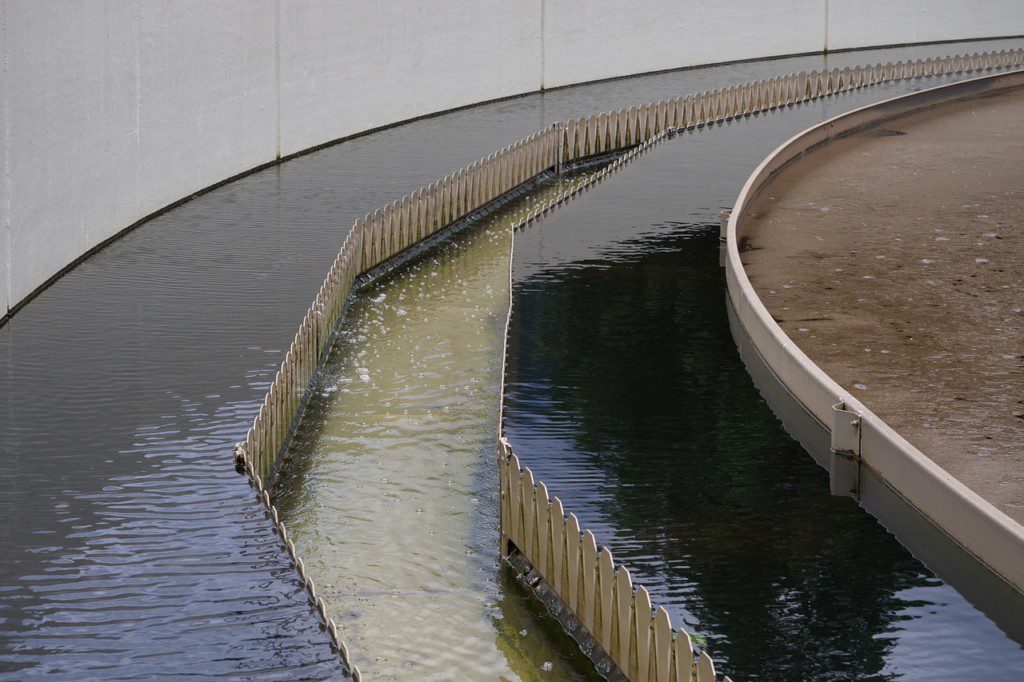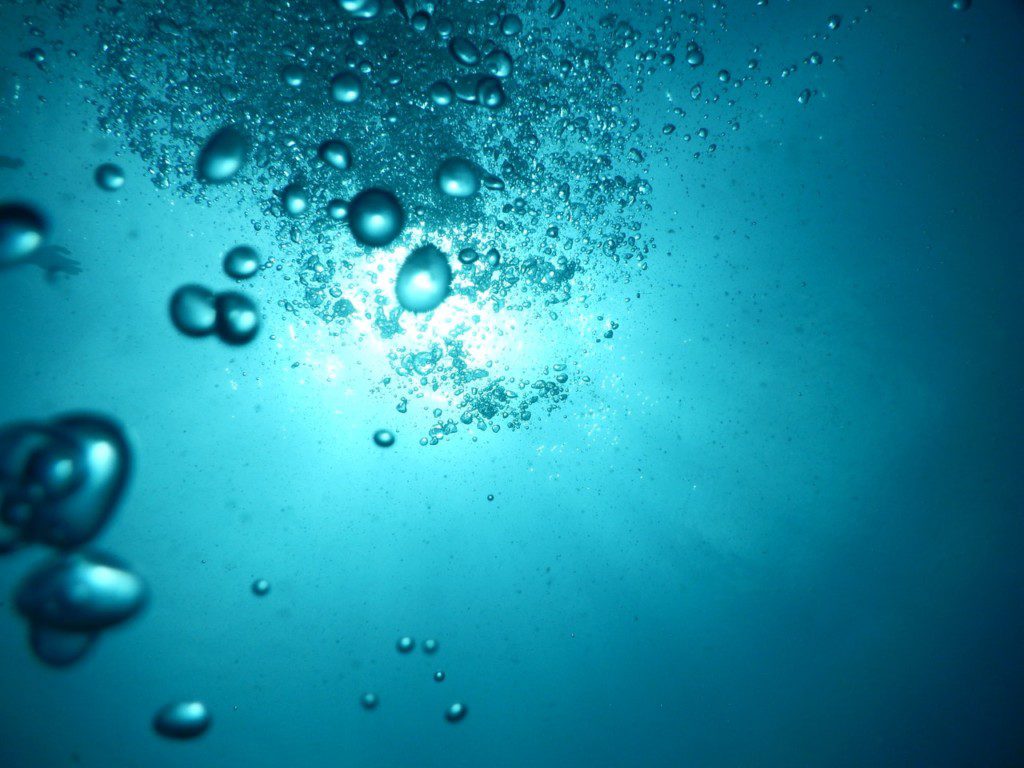When you work in a wastewater treatment plant, it’s important that you select a system that will remove nearly all contaminants from the wastewater before it’s sent into the environment or reused. In the event that the wastewater that’s sent to your plant contains high organic concentrations, you should consider using a biological wastewater solution as your system of choice. Biofiltration is a common and cost-effective water treatment process that’s able to remove most contaminants, improve water stability, and control odors and taste.
If you believe that a biofiltration system would be right for your wastewater treatment plant, there are several considerations that you should take into account. The most important consideration involves weighing the benefits against the estimated costs. If you’ve been finding it difficult to control wastewater contaminants, reduce algal toxins, and keep disinfection byproducts at bay, a biofiltration system can help you address each of these issues.
However, properly operating a biofiltration system in a wastewater treatment plant involves a high initial investment as well as sizable maintenance costs. It’s also important to understand that these systems will produce new challenges that you will be required to address if you want to keep costs down. If you’ve been looking at all of the potential wastewater treatment solutions at your disposal, you’ve likely noticed reverse osmosis systems. Even though RO systems are effective alternatives, a biofiltration system may be better for your treatment plant in certain situations.
Reverse osmosis systems work by forcing contaminated water through a semipermeable membrane, after which nearly all contaminants will be left behind. However, these systems aren’t perfect at removing organic contaminants, which can be an issue if you’re trying to ensure that the wastewater is properly filtered. On the other hand, biofiltration systems are designed with a focus on getting rid of organic contaminants from wastewater. Keep in mind that biofiltration systems are also better for water recovery, energy consumption, and pollutant removal efficiency. This article offers a detailed guide to the many advantages that come with using a biofiltration system.
How Does a Biofiltration Wastewater Treatment Plant Work?
 A biolfiltration wastewater treatment plant works by using bacteria to effectively break down any pollutants that exist in the wastewater. The bacteria that are used in this system are immobilized in filter media before the process occurs, which ensures that they can reach a large surface area. When this process was first created in the late 19th century, crushed rock was the filter media of choice. In time, corrugated plastic was broken down and commonly used as filter media for biofiltration systems.
A biolfiltration wastewater treatment plant works by using bacteria to effectively break down any pollutants that exist in the wastewater. The bacteria that are used in this system are immobilized in filter media before the process occurs, which ensures that they can reach a large surface area. When this process was first created in the late 19th century, crushed rock was the filter media of choice. In time, corrugated plastic was broken down and commonly used as filter media for biofiltration systems.
Today, porous ceramic is the primary filter media for many biofiltration wastewater treatment systems. This filter media is able to boost the production of beneficial bacteria that can break down many of the harmful pollutants that are in the wastewater. No matter which material or substance you decide to use, it will be placed into a bioreactor, after which it should start to break down some of the harmful compounds in the water, which can include everything from proteins and fats to other organic compounds. Some other types of contaminants that should be readily broken down in this system include hydrogen, sugar, and alcohol.
Before you decide to use a biofiltration system for your wastewater treatment facility, keep in mind that different compounds break down at different rates. While some organic compounds will degrade at a rapid pace, other compounds can take a lengthy period of time to break down, which you should be prepared for. Complex aromatic compounds and halogenated hydrocarbons can take a very long time to degrade. In general, biofiltration systems don’t handle larger and more complex compounds well, which is why this filtration system is ideal for simple and smaller compounds.
While complex compounds will always take an ample amount of time to properly remove from your wastewater, the system design can affect the treatment duration. If you believe that the wastewater that gets sent to your treatment facility contains high concentrations of complex compounds, you should purchase larger biofilters that are designed for these compounds.
System Design
The design of a biofiltration system is simple and straightforward since only three separate components are used in the creation of the system. If you use a trickling filter, the three primary components include:
- A filter media that can be made from any high surface-area device
- A basic water distribution system that allows the wastewater to be spread evenly over the biofilter’s surface area
- Any type of under-drain support system that can hold your filter media
The support system of your choice should consist of slotted channels at the bottom of the system that allow the filtered water to flow out of the system. In the event that your system requires some aeration, it’s very likely that air will need to be forced directly into the system with a fan or blower. Make sure you select a fan/blower that’s able to switch on automatically in the event that the system sensors identify that air is needed.
It’s important that the biofiltration system you choose is outfitted with the right equipment that will facilitate bacteria growth and eliminate any harmful contaminants. When operating this kind of system, you may need to control several facets of the system’s operation. For instance, it’s essential that the right amount of oxygen gets into the biofiltration system. The system must also contain enough carbon, nitrogen, and phosphorous to complete the filtration process in a timely manner.
When you’re choosing between several different biofiltration systems, make sure that you select one that allows you to control the surrounding environment. If the surrounding environment is effectively controlled, bacteria will grow naturally, which means that you’ll be able to get rid of contaminants in the water at a reasonable rate. Once the filtration system has been set up, make sure that the filtered water is measured with a conductivity sensor or pH sensor. The readings you obtain will tell you if the system is working as intended.
Advantages of Biofiltration Over Other Filtration Methods
 If you select the right biofiltration system for your industrial facility, there are six tangible benefits that you’ll be provided with once the system is operating at full capacity. These advantages include:
If you select the right biofiltration system for your industrial facility, there are six tangible benefits that you’ll be provided with once the system is operating at full capacity. These advantages include:
- Improved contaminant removal – Biofiltration systems can more effectively get rid of inorganic, organic, and microbial contaminants when compared to conventional filtration systems.
- Enhanced taste – Certain compounds like methyl-Isoborneol and geosmin are usually very difficult to treat. However, these compounds can be removed with biofiltration, which reduces the possibility that the water contains musty or earthy odors and tastes.
- Better flexibility – This type of system also has flexibility when taking water changes into account. If the water changes over time to the point that the organism population becomes restructured, biofiltration systems should be able to remove any emerging contaminants that get into the water.
- Lowered DBP formation – Biofiltration systems can effectively remove organic carbon from wastewater, which lessens the possibility that such disinfection byproducts as haloacetic acids and trihalomethanes will develop.
- Fewer solids production – Using a biofiltration system means that the production of residual solids should be kept to a minimum. In turn, handling costs will be kept low.
- Improved water stability – Biofiltration is able to eliminate biodegradable dissolved organic carbon, which helps to improve water stability in your system of choice.
Challenges of Biofiltration
 Even though using a biofiltration system is beneficial for many reasons, there are also several challenges that you should be aware of. While filtered water should look and taste better, these systems are limited in some ways when compared to conventional filtration systems. The main challenge that you’ll need to overcome involves addressing lowered filter run times. While warm waters will bolster bacteria growth, the filter can be adversely affected by hydraulic constraints. More bacteria in the system can reduce the water flow.
Even though using a biofiltration system is beneficial for many reasons, there are also several challenges that you should be aware of. While filtered water should look and taste better, these systems are limited in some ways when compared to conventional filtration systems. The main challenge that you’ll need to overcome involves addressing lowered filter run times. While warm waters will bolster bacteria growth, the filter can be adversely affected by hydraulic constraints. More bacteria in the system can reduce the water flow.
It’s possible to overcome this specific challenge by balancing system nutrients or by adding a simple disinfectant to increase run times. You can use a disinfectant like hydrogen peroxide to accomplish this task. However, extra filters or an enhanced filter design may be necessary when you want to use biofiltration during warm weather. Solving this challenge is essential if you want your biofiltration system to run efficiently.
While the hydraulic constraints caused by higher bacteria growth are the primary issues you should have with your biofiltration system, you may also need to contend with the sloughing of excess biological material. This issue mainly occurs when the biological material has grown to be very thick. When the material thickens, your system won’t be able to run properly. You should remove excess biological material from the filter regularly. Keep in mind that it’s possible for these systems to be inefficient at removing manganese as well. It’s possible to avoid both of these problems by purchasing the right system.
If you want to use a filtration system that’s great for the environment and can be operated without wasting too much energy, biofiltration systems may be exactly what you’re looking for. When compared to conventional systems, biofiltration produces water that tastes better and contains fewer organic compounds.





